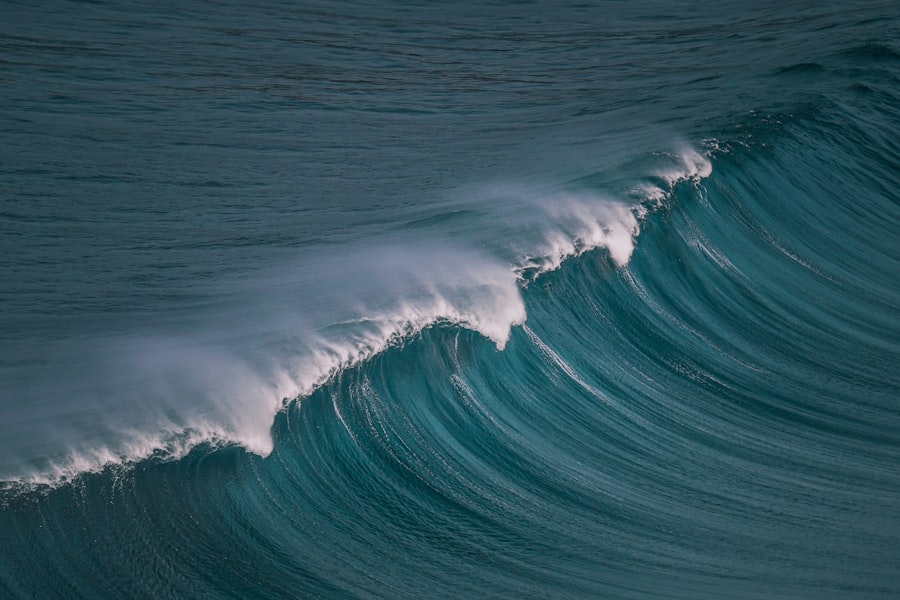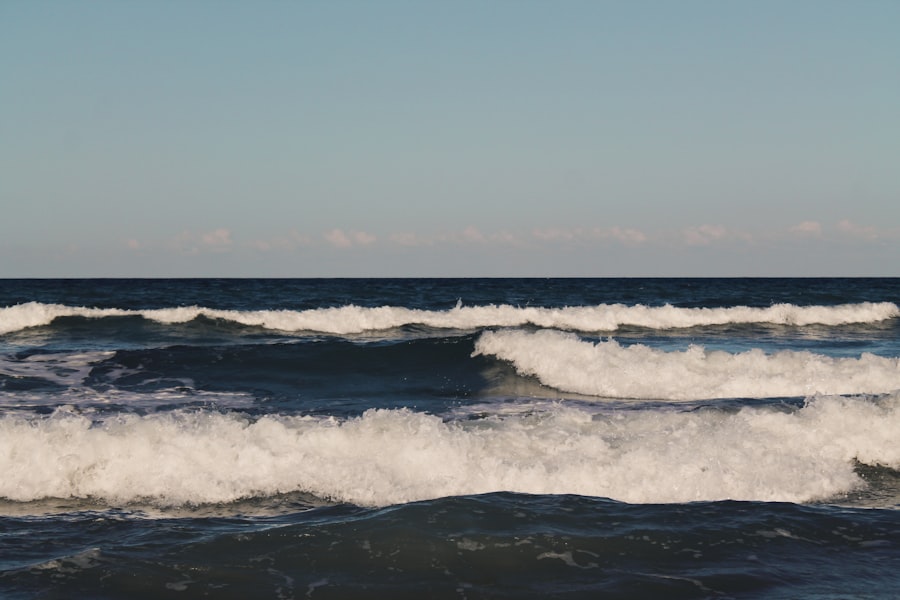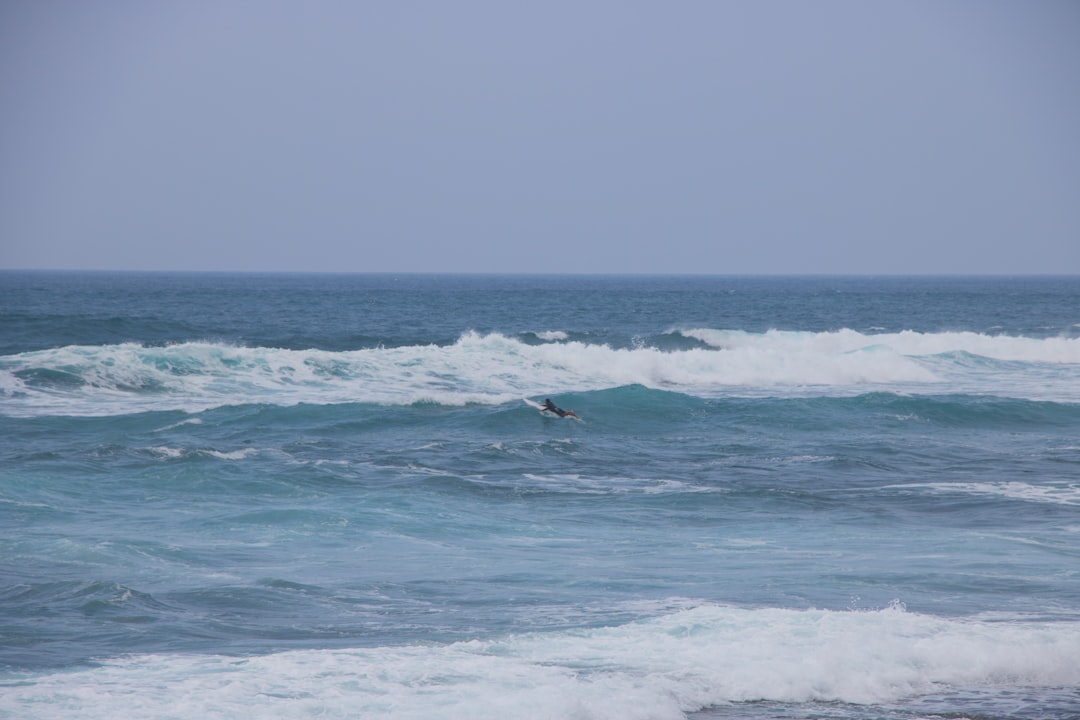The Drake Passage, a body of water located between the southern tip of South America and Antarctica, is renowned for its tumultuous seas and unpredictable weather patterns. This narrow stretch of ocean, measuring approximately 800 kilometers (500 miles) wide, serves as a critical maritime route for vessels traveling to and from the Antarctic region. Named after the English explorer Sir Francis Drake, who navigated these waters in the late 16th century, the passage has since become infamous among sailors and researchers alike for its challenging conditions.
The confluence of the Atlantic and Pacific Oceans creates a unique environment where strong currents and fierce winds converge, resulting in some of the highest waves on the planet. Navigating the Drake Passage is not merely a test of seamanship; it is a profound challenge that requires an understanding of the ocean’s dynamics. The passage is often characterized by its rough seas, which can pose significant risks to vessels.
As such, it has become a focal point for maritime studies, particularly concerning wave height and its implications for navigation. Understanding the intricacies of this waterway is essential for ensuring safe passage and successful voyages, making it a subject of great interest for both seasoned mariners and researchers.
Key Takeaways
- The Drake Passage is a treacherous body of water located between South America’s Cape Horn and the South Shetland Islands of Antarctica.
- Understanding wave height is crucial for safe navigation in the Drake Passage, as it directly impacts the stability and safety of vessels.
- Factors such as wind speed, duration, and fetch influence wave height in the Drake Passage, making it one of the most challenging maritime environments.
- Historical data on wave height in the Drake Passage helps in predicting and preparing for high wave conditions, reducing the risk for vessels navigating through the area.
- High wave conditions in the Drake Passage can significantly impact navigation, requiring specialized techniques, technology, and safety measures for successful passage.
Understanding wave height and its importance
Wave height is a critical factor in maritime navigation, particularly in challenging environments like the Drake Passage. It refers to the vertical distance between the crest of a wave and the trough that follows. This measurement is not just a statistic; it has profound implications for the safety and efficiency of maritime operations.
High waves can lead to dangerous conditions for vessels, affecting their stability, maneuverability, and overall seaworthiness. For sailors traversing the Drake Passage, understanding wave height is essential for making informed decisions about route planning and navigation strategies. The significance of wave height extends beyond immediate safety concerns.
It also influences operational efficiency and fuel consumption. Vessels navigating through high waves may experience increased resistance, leading to higher fuel usage and longer travel times. Additionally, extreme wave conditions can result in cargo damage or loss, further complicating maritime logistics.
Therefore, comprehending wave height is not only vital for ensuring safe navigation but also for optimizing operational performance in one of the world’s most challenging maritime environments.
Factors influencing wave height in the Drake Passage

Several factors contribute to the wave height experienced in the Drake Passage, making it a complex and dynamic environment. One of the primary influences is wind speed and direction. Strong winds can generate larger waves by transferring energy to the water’s surface.
In the Drake Passage, prevailing winds often blow from the west, creating conditions conducive to high wave formation.
Another critical factor is ocean currents.
The interaction between the Antarctic Circumpolar Current and other regional currents can amplify wave heights, particularly when opposing winds are present. This interplay creates a unique situation where waves can grow rapidly in height and intensity. Additionally, seasonal variations can influence wave patterns; during certain times of the year, storms are more frequent, leading to increased wave activity.
Understanding these factors is essential for mariners seeking to navigate safely through the Drake Passage.
Historical data on wave height in the Drake Passage
| Date | Wave Height (meters) |
|---|---|
| January 1, 2020 | 5.2 |
| February 1, 2020 | 4.8 |
| March 1, 2020 | 6.1 |
| April 1, 2020 | 5.5 |
Historical data on wave height in the Drake Passage reveals a pattern of extreme conditions that have challenged sailors for centuries. Research indicates that average wave heights can reach up to 10 meters (33 feet) during storm events, with rogue waves occasionally exceeding 20 meters (66 feet). These statistics underscore the need for careful planning and preparation when traversing this treacherous waterway.
Historical records also highlight specific storms that have resulted in catastrophic incidents, emphasizing the importance of understanding past events to inform future navigation strategies.
For example, during the winter months, storms can develop rapidly, leading to sudden increases in wave height that catch sailors off guard.
By analyzing historical data, researchers have been able to identify trends and patterns that can aid in predicting future conditions. This information is invaluable for modern navigators who rely on historical insights to enhance their situational awareness while traversing these perilous waters.
Impact of wave height on navigation in the Drake Passage
The impact of wave height on navigation in the Drake Passage cannot be overstated. High waves pose significant risks to vessels, affecting their stability and ability to maneuver effectively. When faced with towering waves, ships may experience rolling or pitching, which can lead to loss of control or even capsizing in extreme cases.
This risk is particularly pronounced for smaller vessels or those not designed for rough seas. Consequently, understanding wave height is crucial for determining whether a vessel is adequately equipped to navigate through these challenging conditions. Moreover, high wave conditions can disrupt communication and navigation systems aboard vessels.
The violent motion caused by large waves can interfere with electronic equipment, making it difficult for crews to maintain accurate positioning or receive vital weather updates. This disruption can lead to poor decision-making and increased vulnerability during critical moments at sea. Therefore, mariners must remain vigilant and adaptable when navigating through high waves in the Drake Passage, employing strategies that account for these challenges.
Techniques for navigating rough seas in the Drake Passage

Navigating rough seas in the Drake Passage requires a combination of skill, experience, and strategic planning. One effective technique is to adjust course based on prevailing weather conditions and wave patterns. By monitoring real-time weather data and forecasts, mariners can identify optimal routes that minimize exposure to high waves.
This proactive approach allows vessels to avoid areas where wave heights are likely to be at their peak. Another essential technique involves adjusting vessel speed and heading to align with wave patterns. By positioning a ship at an angle to incoming waves—often referred to as “riding the waves”—mariners can reduce the impact of rolling and pitching.
This technique not only enhances stability but also improves overall safety during turbulent conditions. Additionally, experienced crews often employ ballast management strategies to maintain optimal weight distribution within the vessel, further enhancing stability in rough seas.
Technology and tools for monitoring wave height in the Drake Passage
Advancements in technology have significantly improved the ability to monitor wave height in the Drake Passage. Modern vessels are equipped with sophisticated instruments such as radar systems and satellite communications that provide real-time data on sea conditions. These tools allow crews to receive timely updates on wave heights and weather patterns, enabling them to make informed decisions while navigating through challenging waters.
In addition to onboard technology, various organizations and research institutions deploy buoys and oceanographic sensors throughout the Drake Passage to collect data on wave heights and other oceanographic parameters. This information is invaluable for both commercial shipping operations and scientific research endeavors. By analyzing data from these sources, researchers can develop predictive models that enhance understanding of wave behavior in this dynamic environment.
Safety measures for navigating through high wave conditions
Safety measures are paramount when navigating through high wave conditions in the Drake Passage. One fundamental precaution is ensuring that all crew members are well-trained in emergency procedures and safety protocols. Regular drills should be conducted to prepare crews for potential emergencies related to high waves or severe weather events.
Additionally, maintaining clear communication among crew members is essential for coordinating responses during turbulent conditions. Another critical safety measure involves conducting thorough vessel inspections before embarking on a journey through the Drake Passage. Ensuring that all equipment is functioning correctly—especially life-saving devices such as life rafts and emergency beacons—can make a significant difference in ensuring crew safety during adverse conditions.
Furthermore, mariners should always carry sufficient supplies of food, water, and medical equipment to address any emergencies that may arise while navigating through high waves.
Expert tips for handling high wave conditions in the Drake Passage
Experts recommend several strategies for handling high wave conditions effectively while navigating through the Drake Passage. One key tip is to remain calm and composed during turbulent moments at sea; panic can lead to poor decision-making and exacerbate risks. Experienced mariners emphasize the importance of trusting one’s training and instincts when faced with challenging situations.
Additionally, maintaining a close watch on weather forecasts is crucial for anticipating changes in sea conditions. By staying informed about approaching storms or shifts in wind patterns, crews can adjust their navigation strategies accordingly. Experts also advise utilizing available technology—such as radar systems—to monitor wave heights continuously during transit through the passage.
Case studies of successful navigation through high wave conditions in the Drake Passage
Numerous case studies illustrate successful navigation through high wave conditions in the Drake Passage, showcasing effective strategies employed by skilled mariners. One notable example involved a research vessel conducting scientific expeditions during peak storm season. The crew utilized advanced weather forecasting tools to identify a brief window of calmer seas amidst turbulent weather patterns.
By adjusting their schedule accordingly, they successfully completed their mission without encountering severe challenges. Another case study highlights a commercial shipping vessel that faced unexpected high waves while en route to Antarctica. The captain made quick decisions based on real-time data from onboard instruments and external weather reports, allowing them to alter their course strategically.
By navigating around areas with extreme wave activity, they ensured safe passage for both crew and cargo.
Navigating the Drake Passage with wave height insights
Navigating the Drake Passage presents unique challenges that require careful consideration of wave height and its implications for maritime operations. Understanding how various factors influence wave formation is essential for ensuring safe passage through this treacherous waterway. Historical data provides valuable insights into past conditions that inform modern navigation strategies.
As technology continues to advance, mariners are better equipped than ever to monitor sea conditions effectively and respond proactively to changing circumstances. By employing expert techniques and adhering to safety measures, crews can navigate through high waves with confidence while minimizing risks associated with this formidable passage. In conclusion, successful navigation through the Drake Passage hinges on a comprehensive understanding of wave height dynamics combined with practical experience and technological support.
With these insights at their disposal, mariners can traverse one of the world’s most challenging maritime routes while ensuring safety and operational efficiency.
The Drake Passage is notorious for its turbulent waters and towering wave heights, making it a challenging route for sailors and researchers alike. For those interested in understanding more about the dynamics of this treacherous stretch of ocean, a related article on the topic can be found on MyGeoQuest. This article delves into the factors contributing to the extreme wave conditions in the Drake Passage and offers insights into the experiences of those who have navigated these waters. To explore this further, you can read the article by visiting MyGeoQuest.
WATCH NOW! Drake Passage: Earth’s Deadliest Waters Revealed
FAQs
What is the Drake Passage?
The Drake Passage is the body of water between the southern tip of South America and the northern tip of the Antarctic Peninsula. It is known for its rough seas and challenging sailing conditions.
What is wave height in the Drake Passage?
Wave heights in the Drake Passage can vary greatly, but they are often significant due to the strong winds and currents in the area. Waves of 30 feet or more are not uncommon in the Drake Passage.
Why are wave heights in the Drake Passage so high?
The high wave heights in the Drake Passage are primarily due to the strong westerly winds that blow across the Southern Ocean, as well as the narrowness of the passage which can funnel and intensify the waves.
Are there specific times of year when wave heights are higher in the Drake Passage?
Wave heights in the Drake Passage tend to be higher during the austral winter (June-August) when the winds are strongest and the seas are roughest. However, rough conditions can occur at any time of year.
How do high wave heights in the Drake Passage impact travel and shipping?
High wave heights in the Drake Passage can make travel and shipping challenging. Ships crossing the passage may experience rough conditions, and smaller vessels may need to take precautions or alter their routes to avoid the worst of the waves.
